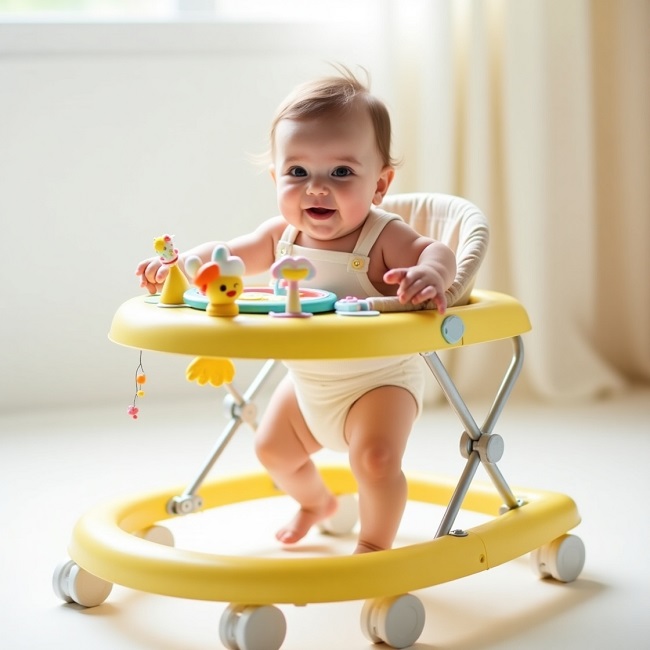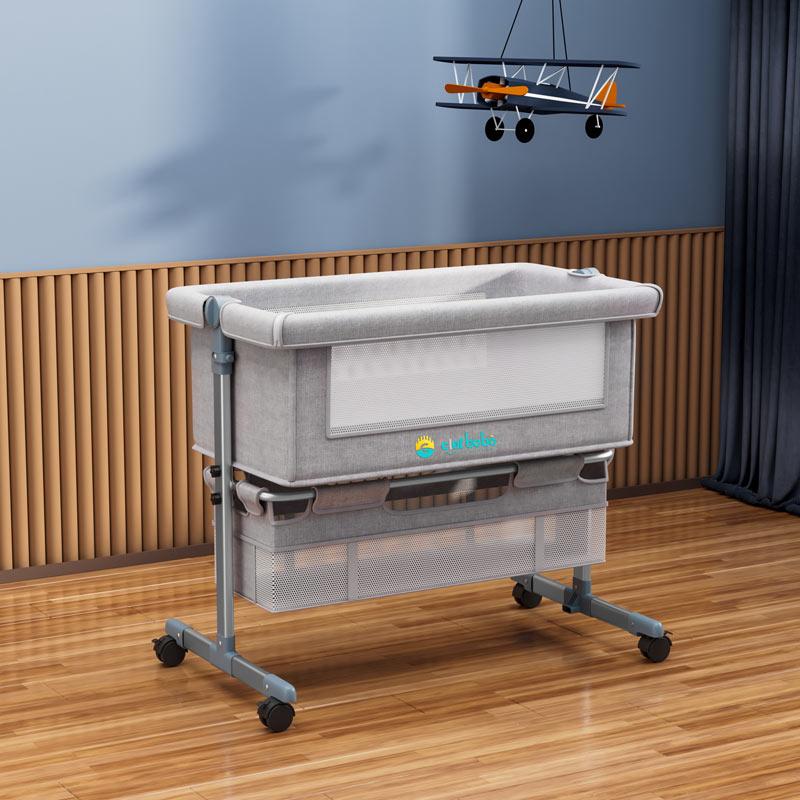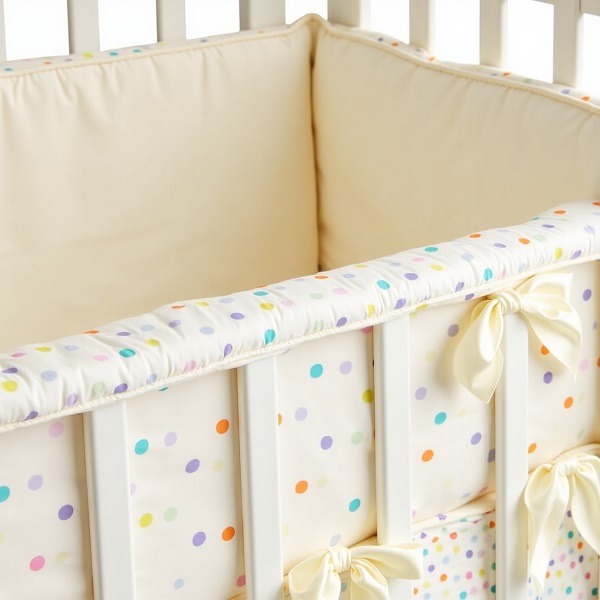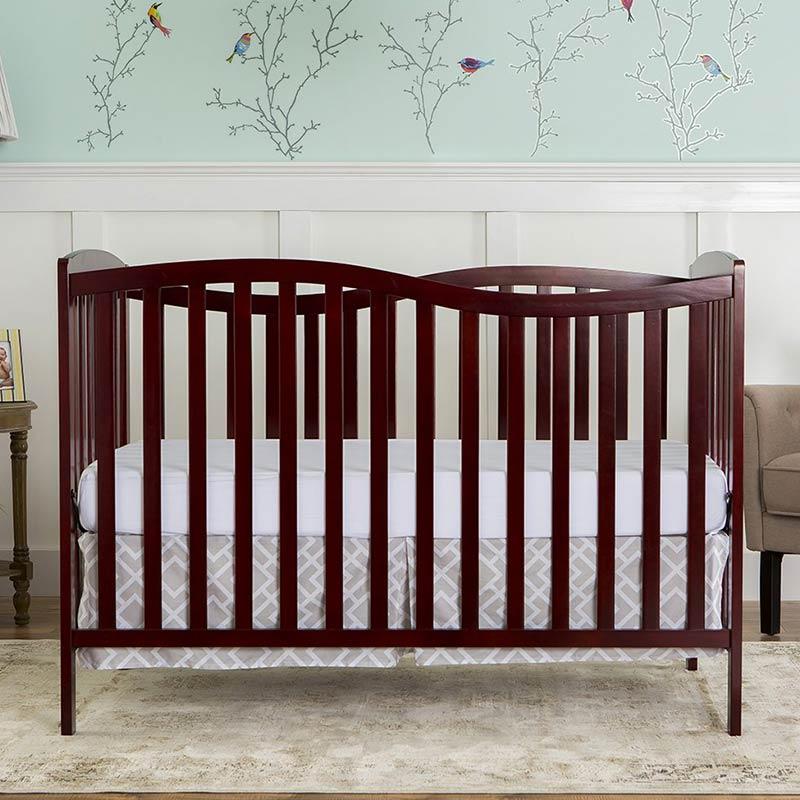Navigating the early stages of parenthood comes with a plethora of questions, one of which includes the appropriate time to introduce your baby to sitting in a stroller. This question, while seemingly straightforward, involves a nuanced understanding of your child’s physical development and readiness.
In this article, we delve into the developmental milestones that signal when a baby can safely sit in a stroller, practical tips for making this transition, and considerations for selecting the best stroller for your infant.
Understand Your Child’s Developmental Milestones
1. Age Considerations
Babies typically exhibit a wide range of developmental milestones in their first year, with sitting up independently being a significant one. Most infants begin to sit with support between 4 to 5 months of age and may start sitting unassisted around 6 to 9 months.
This ability is crucial for pushchair use, as sitting up without support indicates that the baby has developed adequate neck and back strength to maintain a seated position safely in a pushchair.
2. Motor Skills Development
The progression from lying down to sitting involves complex motor skill development, where babies gradually strengthen their muscles and gain control over their movements.
Initially, infants learn to roll over and lift their heads while lying on their stomachs. This phase is pivotal as it strengthens their neck muscles, a prerequisite for sitting up. Gradually, they begin to use their arms to prop themselves up from a lying position, eventually developing the ability to sit upright with minimal support.
Understanding this progression can help parents gauge when their child might be ready for stroller outings that require sitting up.
3. Individual Differences
Some may sit up as early as 4 months, while others take a bit longer. Premature babies or those with developmental delays might reach this milestone later than their peers.
Parents should observe their baby’s progress and consult with their pediatrician if they have any concerns about developmental milestones.
When it comes to using a stroller, parents should consider their baby’s individual readiness and comfort level before transitioning to a seated position in the stroller.
What Age Can You Start Using a Stroller?
You can typically start using a stroller for your baby from birth, depending on the specific type of stroller you have. Some strollers are designed to accommodate newborns right away, providing a flat and secure lying position, while others might require an infant insert or a car seat adapter for newborns.
Signs Your Baby Is Ready to Sit in the Stroller
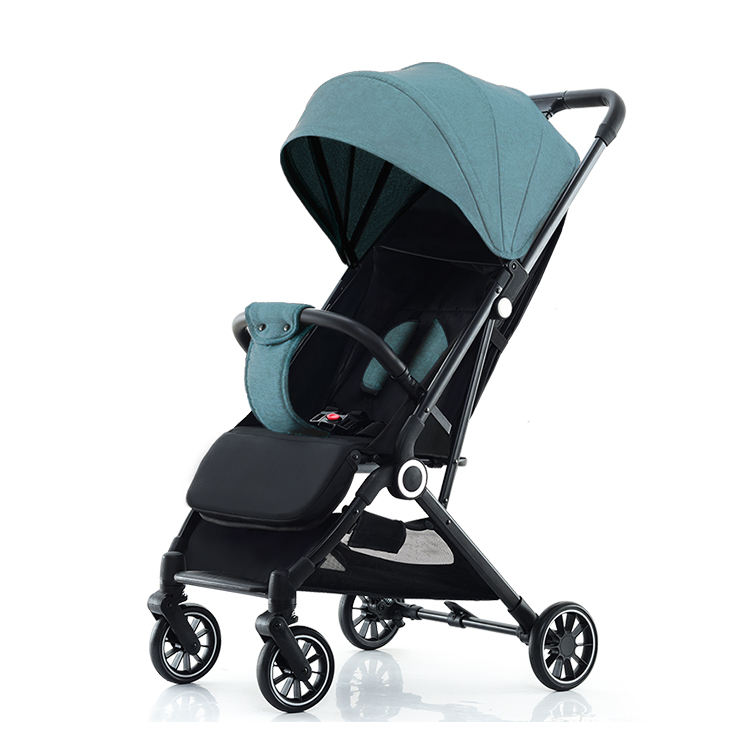
1. Head control
One of the first signs that your baby may be ready to sit in a stroller is the ability to hold their head up steadily without support.
This level of head control is essential for stroller use, as it indicates that the baby’s neck muscles are strong enough to withstand the bumps and movements that come with strolling.
You can assess your baby’s head control by observing how well they hold their head up during tummy time and when being held upright.
2. Trunk control
Alongside head control, core strength, or trunk control, is paramount for sitting upright in a stroller. This involves the baby’s ability to maintain an upright posture without toppling over, which usually develops after consistent head control.
Trunk control signifies that the baby can handle the dynamic movements of a stroller ride without undue stress. You can assess your baby’s trunk control by observing how well they can support themselves while sitting with support or during supervised sitting practice on a flat surface.
Babies with good trunk control are less likely to slump over or slide down in the stroller seat, reducing the risk of discomfort or potential injury.
3. Interest and engagement
Another sign that your baby is ready to sit in a stroller is their interest and engagement with the world around them. Babies who are ready to sit in a stroller may show eagerness to explore their surroundings from a more upright position.
They may exhibit curiosity about what’s happening around them, such as looking around, reaching for objects, or vocalizing with excitement. This interest and engagement indicate that your baby is ready to experience the world from a new perspective and can enjoy the stroller ride comfortably.
What Are Some Tips for Transitioning Your Baby to a Stroller?
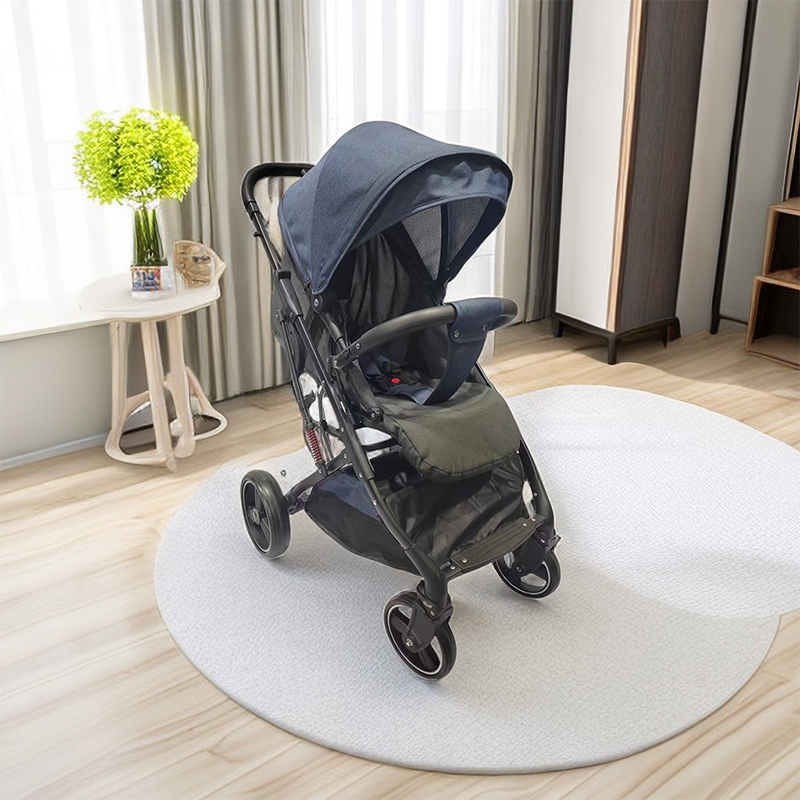
1. Gradual Adjustment
- Start with the Fully Reclined Position: Begin by using the stroller in its fully reclined position, especially for newborns and young infants. This position provides optimal support for their developing spine and allows them to lie flat, similar to their sleeping environment.
- Monitor Comfort and Stability: Pay attention to how your baby responds to the reclined position. Ensure that they are comfortable and well-supported, with their head, neck, and body properly aligned. Make any necessary adjustments to the stroller’s padding or harness system to enhance comfort and stability.
- Gradually Increase Upright Position: As your baby grows and develops stronger neck and trunk muscles, gradually adjust the stroller to a more upright position. Start by raising the backrest slightly, allowing your baby to sit at a gentle incline while still providing ample support.
- Observe Baby’s Response: Monitor your baby’s reaction to the new sitting position. Watch for signs of discomfort or fatigue, such as fussiness, slumping, or arching their back. If your baby seems uncomfortable, consider reverting to a slightly more reclined position and try again later.
- Incremental Changes: Make small, incremental adjustments to the stroller’s position over time, allowing your baby to gradually acclimate to sitting more upright. This gradual progression gives your baby’s muscles and joints time to adapt to the new position, reducing the risk of strain or discomfort.
2. Short Outings
Begin with short outings to gauge your baby’s comfort and readiness for longer stroller experiences. These initial trips can help you observe how well your baby tolerates being in a more upright position and whether they enjoy the stroller rides.
Starting with brief outings also helps prevent overstimulation or fatigue, allowing your baby to gradually build up their tolerance for longer stroller rides over time.
3. Observation
Pay close attention to your baby’s reactions and body language during stroller outings. Signs of discomfort or distress may indicate that your baby is not yet ready for a seated stroller position or that adjustments are needed for a better experience.
Positive responses, such as alertness and engagement with the environment, signify a successful transition.
When Can Baby Sit in Stroller Without Car Seat?
Transitioning from a car seat to sitting directly in the stroller seat is another milestone in your baby’s stroller journey. This change usually occurs when the baby can sit unassisted for extended periods, demonstrating strong trunk and head control.
The exact timing varies among children, but it typically falls between 6 to 9 months of age. Here are some signs that indicate your baby is ready to sit in a stroller without a car seat:
- Your baby can hold their head up steadily without support and can turn it from side to side with ease.
- Your baby can sit up unsupported for short periods and has developed enough core strength and stability to maintain a seated position.
- Your baby shows interest in sitting upright and actively tries to pull themselves into a seated position when lying down.
- Your baby seems comfortable and secure when seated in the stroller without the car seat, with no slumping or sliding down in the seat.
- Ensure that your baby meets the weight and age requirements specified by the stroller manufacturer. Some strollers may have minimum weight or age recommendations for sitting in the stroller seat without a car seat attachment.
Once you’ve determined that your baby is ready to sit in the stroller without a car seat, ensure that the stroller seat provides adequate support and protection. Use the harness or safety straps provided by the stroller to secure your baby in place, and always supervise them while in the stroller to ensure their safety.
Safety First: Guidelines for Stroller Use
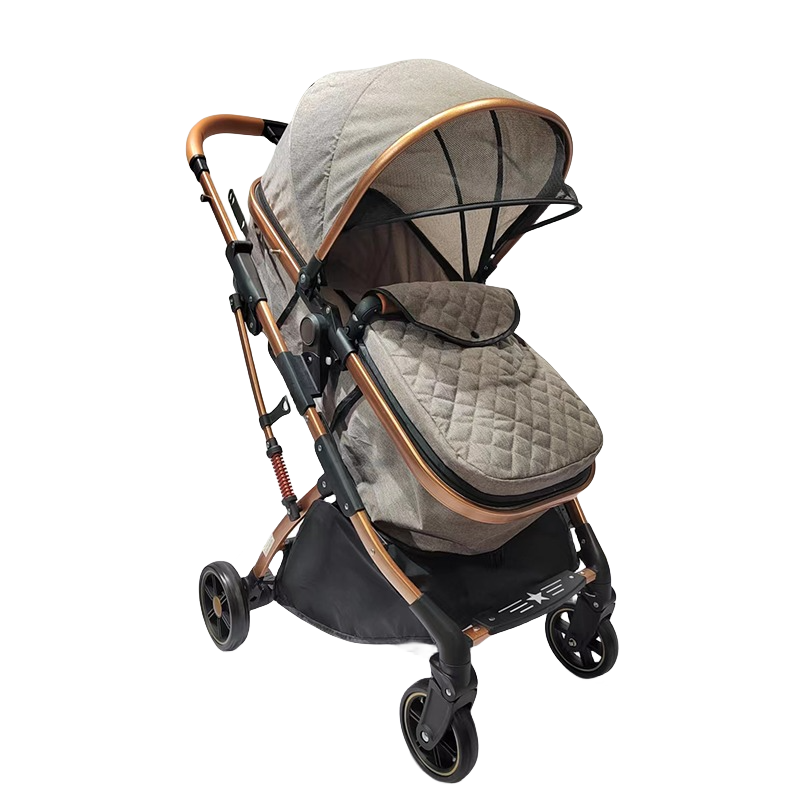
1. Manufacturer recommendations: These recommendations are based on extensive testing and understanding of a baby’s developmental needs at various stages. Always review and follow these guidelines before transitioning your baby to a different stroller position or model.
2. Check the Stroller: Before each use, inspect the stroller for any signs of damage, wear, or malfunction. Ensure that all parts, including the frame, wheels, brakes, and harness, are in good working condition.
3. Proper positioning: Utilize the stroller’s harness system to keep your baby safely in place, adjusting the straps to fit snugly around their body. Proper positioning also involves aligning the baby’s back and hips comfortably against the stroller seat, preventing slouching or sliding.
4. Brake Safely: Always engage the stroller’s brakes when stationary, especially on inclines or uneven surfaces. Use both the parking brake and the wheel brakes, if available, to prevent the stroller from rolling away.
5. Reclining options: Fully reclined positions are ideal for newborns and young infants, while more upright positions can be introduced as your baby gains head and trunk control. Adjusting the recline angle ensures your baby’s safety and comfort during stroller outings.
6. Sun protection: Many strollers come equipped with sunshades or canopies designed to shield your baby from direct sunlight. Additionally, consider using protective clothing and sunscreen as extra layers of protection, especially during prolonged outdoor activities.
7. Avoid Hanging Bags: Refrain from hanging heavy bags or purses on the handles of the pushchair, as this can cause it to tip over. Instead, use the pushchair’s storage basket for carrying belongings.
8. Avoid Unsafe Terrain: Stick to smooth, even surfaces whenever possible, such as sidewalks and paved pathways. Avoid rough terrain, stairs, escalators, and other obstacles that could jostle or tip the stroller.
What Stroller Should I Get?
Choosing the right stroller depends on various factors such as your lifestyle, budget, and specific needs:
1. Lifestyle: Consider where you’ll be using the stroller most often. Are you in a city with narrow sidewalks, or will you be navigating rough terrain? Do you need something compact for frequent travel or a more robust stroller for outdoor adventures?
2. Features: This could include adjustable handlebars, reclining seats, storage space, compatibility with car seats, and ease of folding.
3. Budget: Toddler strollers span a broad price range, so it’s essential to establish a spending limit. Prioritize features based on your budget to ensure you get the best value for your money.
4. Durability and Safety: Look for strollers that meet safety standards and are made from durable materials. Check for features like a five-point harness, sturdy wheels, and a stable frame.
5. Size and Weight: Evaluate the dimensions and weight of the stroller, particularly if you have storage limitations or anticipate needing to lift it frequently. Opting for a stroller that aligns with your space and mobility requirements will enhance convenience and usability.
6. Ease of Use: Test out the stroller to see how easy it is to maneuver, fold, and unfold. You’ll appreciate a user-friendly design, especially when you’re out and about with your little one.
Popular stroller brands include Clafbebe, Bugaboo, UPPAbaby, Baby Jogger, Chicco, Graco, and Britax. Ultimately, the best stroller for you is one that fits your lifestyle and meets your specific needs.


